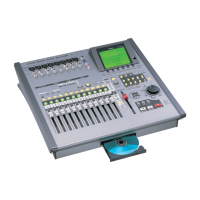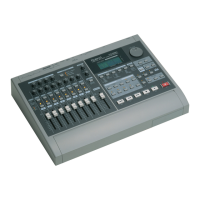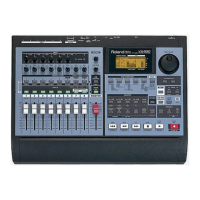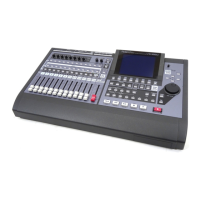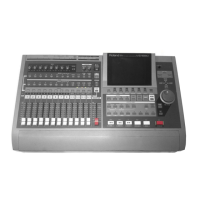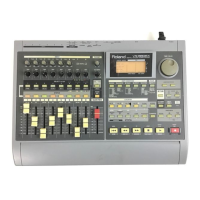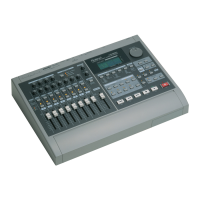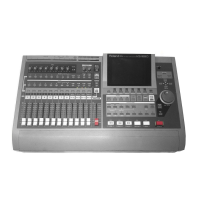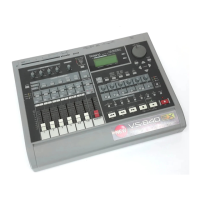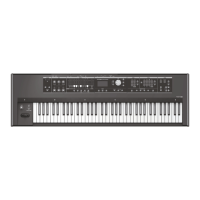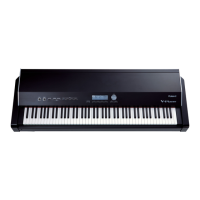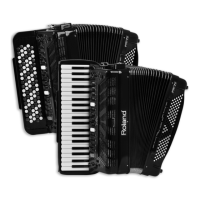3—Introduction to the VS-2000
60 www.Roland.com Roland VS-2000 Owner’s Manual
How Do I Get Good Levels?
The goal, therefore, is to capture as loud a signal as possible without exceeding 0 dB.
Achieving a loud-but-not-too-loud signal is the challenge of digital recording. When
your audio that has a consistent, predictable dynamic range, it’s not hard to
accomplish. However, if your project swings wildly between loud and soft passages—or
if you’re recording musicians whose volume changes a lot—it can be more tricky.
Take Care During Recording
When it comes to establishing great levels, the most critical stage is during the original
recording process. The most difficult recording situations involve the recording of
musicians whose levels fluctuate between one performance and another, or even
within the same performance—it can be hard to capture a strong level if you can’t be
sure how loud the performance is going to get. Fortunately, the VS-2000 provides some
peak-detection options that can help you anticipate potential level problems (Page 130).
It also offers tools you can use to smooth out a signal.
Watch the Meters
The VS-2000 provides meters that let you view your signal levels at every stage in the
project-creation process. The VS-2000’s various meters are described in detail in
Chapter 8, which starts on Page 123.
As you work on your project, pay close attention to your levels:
•Watch the input channel meters during recording—they set the levels of signals as
they’re recorded onto your tracks.
•Watch your FX bus levels if you’re using them to send signals to the internal effects.
•Watch your AUX bus levels if you’re using them to send signals to external devices.
•Watch your Direct path levels if you’re using them to send signals to external
devices or the internal effects.
• During mixing, watch:
•
your track levels
—if they’re too loud, bring them down and raise your MASTER
fader setting.
•
your MASTER bus levels
—this is the mix’s overall level.
•Watch your output meters if you’re sending signals to external devices.
If you’re finding a performer’s level just too erratic to manage, consider running the
signal through an external compressor/limiter that can smooth out some of the volume
fluctuations in the performance before it even gets to the VS-2000. Try to find an
acceptable trade-off between making the signal manageable on one hand, and not
removing expressive dynamics from the signal on the other.
Compressor, limiter
The level of a digital input signal is normally controlled at its source, the external digital
device that produces it.
VS2000OMUS.book 60 ページ 2004年10月20日 水曜日 午後3時3分
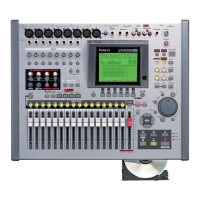
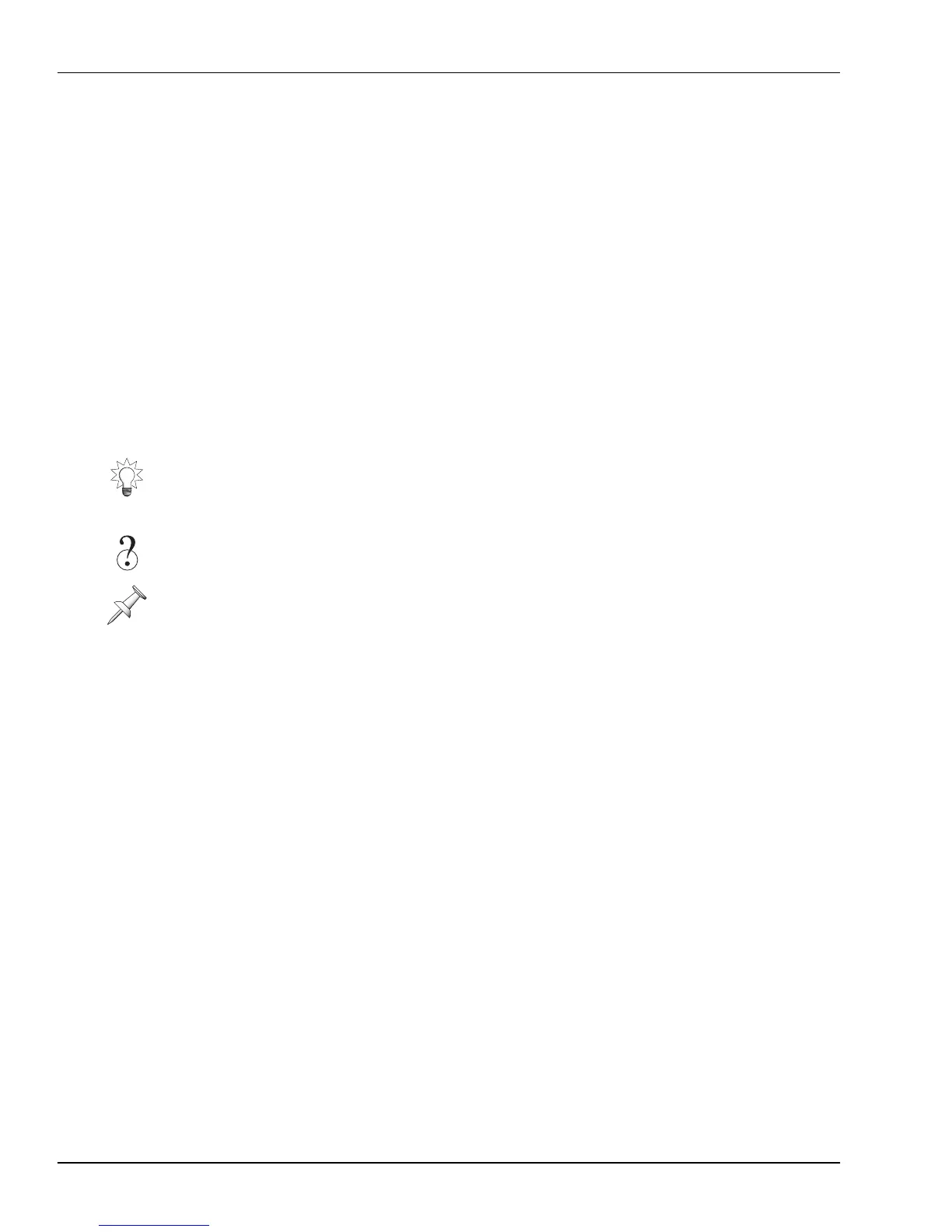